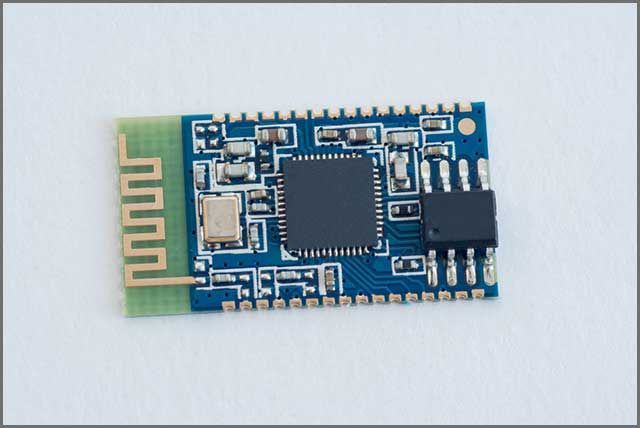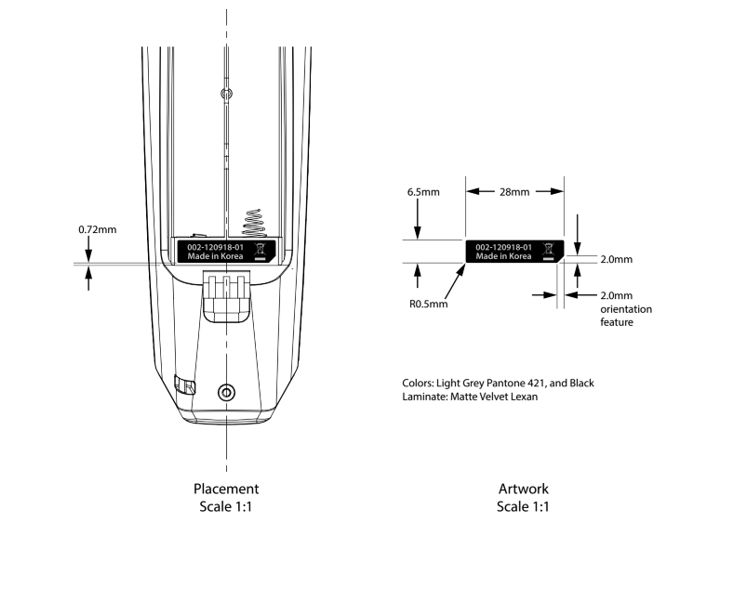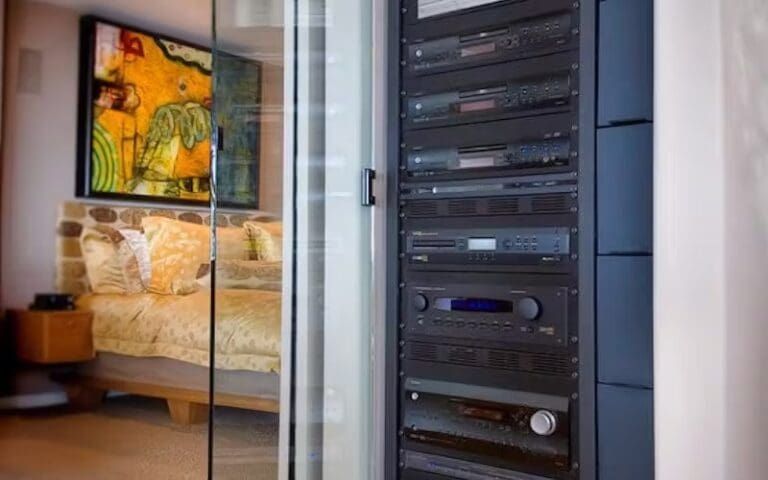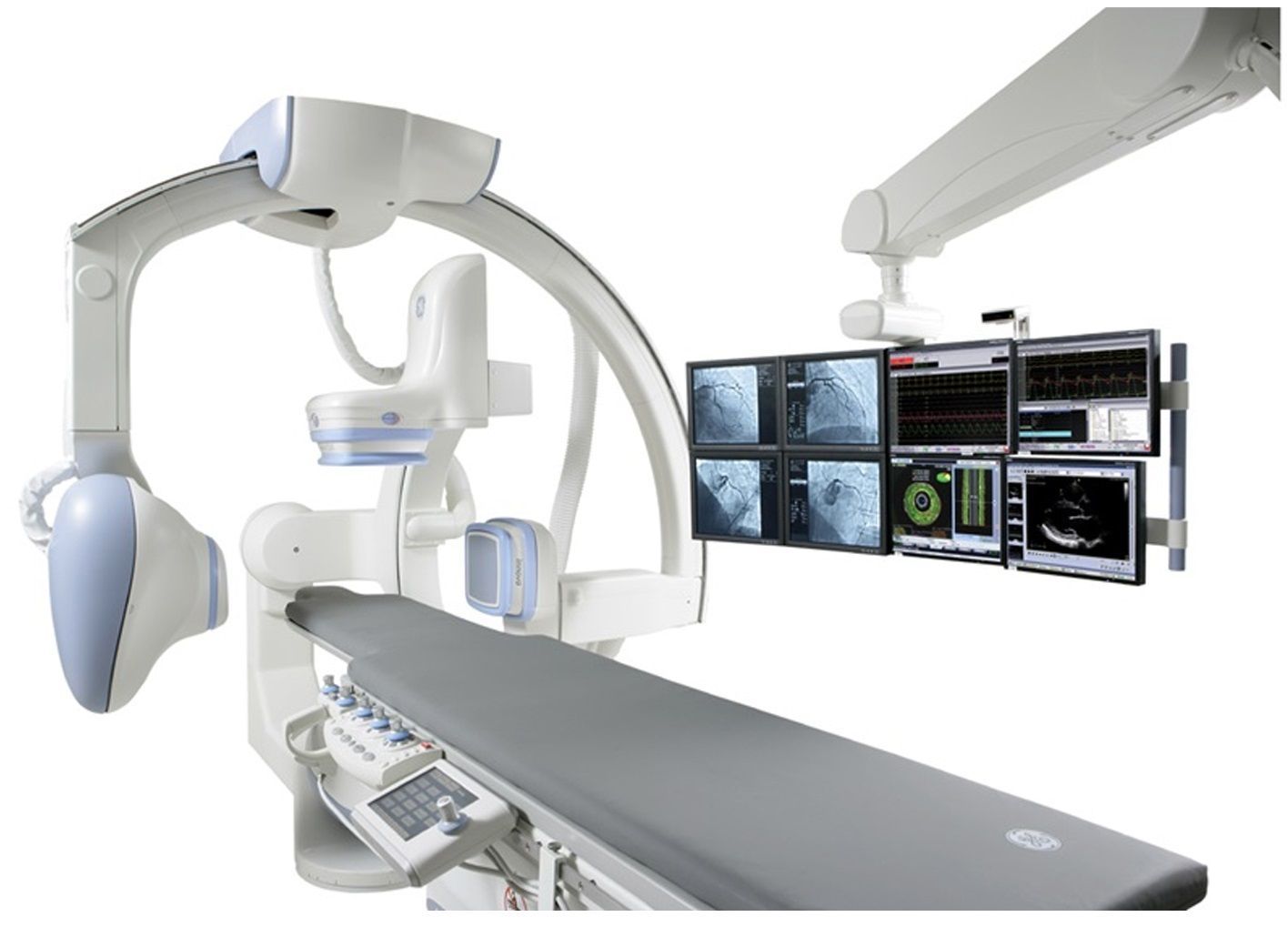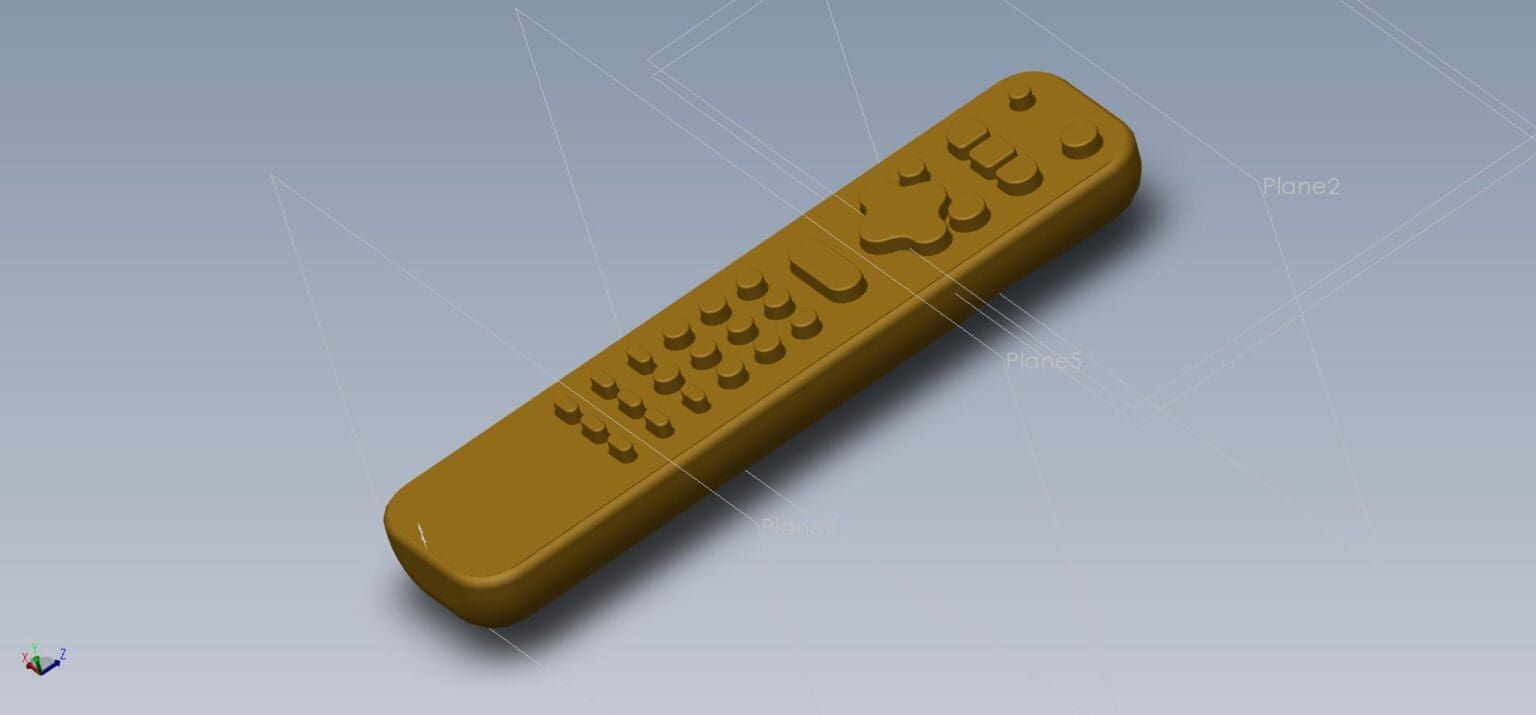How To Choose Between Bluetooth ® and Proprietary RF Chipsets for a New Custom Remote Control Product - Celadon

The right radio technology is critical when manufacturing your custom remote control device. When choosing between Bluetooth® and proprietary RF chipsets, each have unique strengths and trade-offs. This article helps you decide which is best for your next custom remote control product. Always know that Celadon representatives are standing by to help you determine what the best choice for your project might be.
Understanding Wireless Options
Bluetooth® is an open-standard wireless protocol managed by the Bluetooth ® Special Interest Group. It offers:
Bluetooth® Overview
- Standardized Profiles for audio, data, and mesh networking
- Interoperability with other bluetooth enabled devices.
- Built-in Security with pairing and encryption
- Broad Ecosystem of chips and mobile device support: Bluetooth SIG Specifications
Proprietary RF Overview
Proprietary RF refers to custom radio protocols designed for specific applications. Key points include:
- Customized Functionality to optimize for specific applications (Range, Data, etc.)
- Unique Frequency Bands to avoid congestion
- No Licensing Fees allow for lower development and unit cost.
Key Comparison Factors
Range and Coverage
- Bluetooth®: Typically up to 100 m in open air (Class 1 devices), but real-world range often closer to 10–30 m indoors.
- Proprietary RF: Can be tuned for long-range (hundreds of meters to several kilometers) by selecting lower frequencies and custom antennas.
Power Consumption
- Bluetooth® Low Energy (BLE): Optimized for battery-powered devices with sleep modes and short wake intervals.
- Proprietary RF: Power usage varies; custom protocols can be ultra-low power
Data Throughput and Latency
- Bluetooth®: BLE offers up to ~2 Mbps in Bluetooth 5.x, with typical latencies of 7–10 ms.
- Proprietary RF: Throughput and latency fully configurable—ideal for applications needing ultra-low latency or very high speeds.
Interference and Reliability
- Bluetooth®: Uses adaptive frequency hopping to mitigate interference in crowded 2.4 GHz bands.
- Proprietary RF: Can employ narrowband channels in sub-GHz bands (e.g., 433 MHz or 915 MHz) for cleaner spectrum and better building penetration.
Security Considerations
- Bluetooth ®: Mature security model with pairing, bonding, and AES-128 encryption.
- Proprietary RF: Various levels of security available, depending on the protocol
Typical Use Cases
When to Choose Bluetooth ®
- Consumer Electronics that need easy pairing with phones or tablets (Interoperability)
- Mesh Networks for smart lighting or building automation
- Short-range Data Streams such as sensor telemetry or audio streaming
When to Choose Proprietary RF
- Dedicated Remote Controls that do need to be compatible with phones or tablets
- Industrial or Agricultural Equipment requiring kilometer-scale range
- Environments with High RF Congestion (sub-GHz channels avoid the 2.4 GHz crowd)
- Applications Needing Custom Features like ultra-low latency motor control
Explore our custom RF remote control options on our OEM remote control page.
Design and Integration Considerations
- Regulatory Compliance: All radio products must be certified for the country of use. Some Bluetooth ® and Proprietary RF modules are “pre-certified”.
- Development Time: Bluetooth® benefits from off-the-shelf stacks; proprietary RF may require longer R&D.
- Bluetooth SIG requires a “Qualification Fee” for each unique product that uses Bluetooth technology. Fee is currently $11,040
- Scalability: Consider whether you’ll need future firmware over-the-air updates, mesh expansions, or multi-device pairing.
Final Thoughts
Both Bluetooth ® and proprietary RF have valid roles in wireless control. If you need device interoperability, strong ecosystem support, and standardized security, Bluetooth® is often the right choice. If your project demands bespoke performance—whether in range, unique functionality, or latency—a proprietary RF solution designed by Celadon’s engineering team will deliver.
Celadon can provide all of the necessary hardware and software design services to develop, certify and manufacture a custom remote control to meet your specific needs.
Mike Griswold • August 7, 2025


